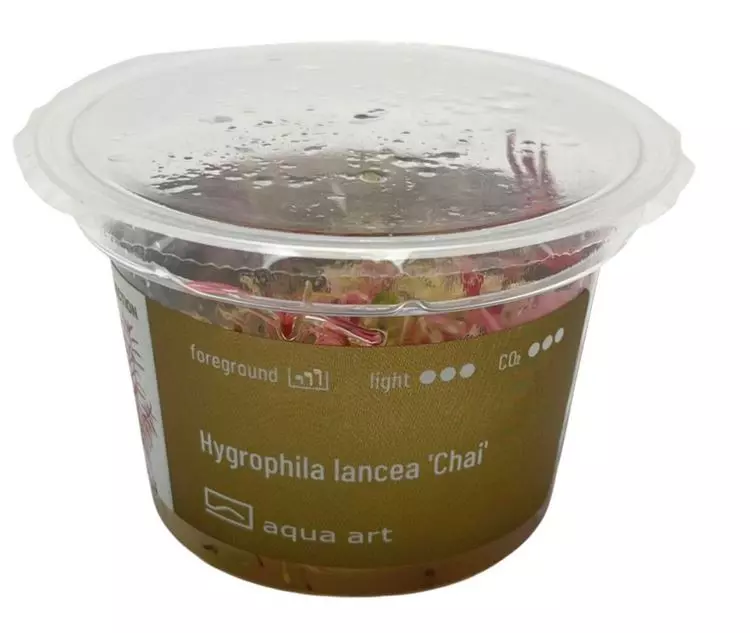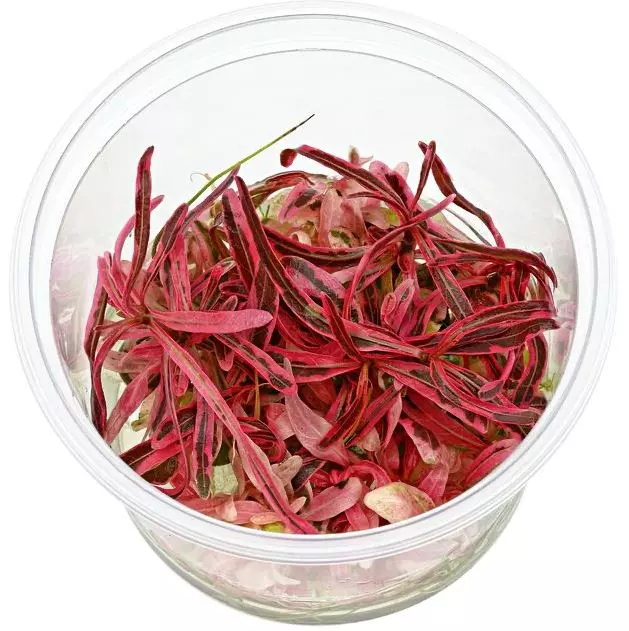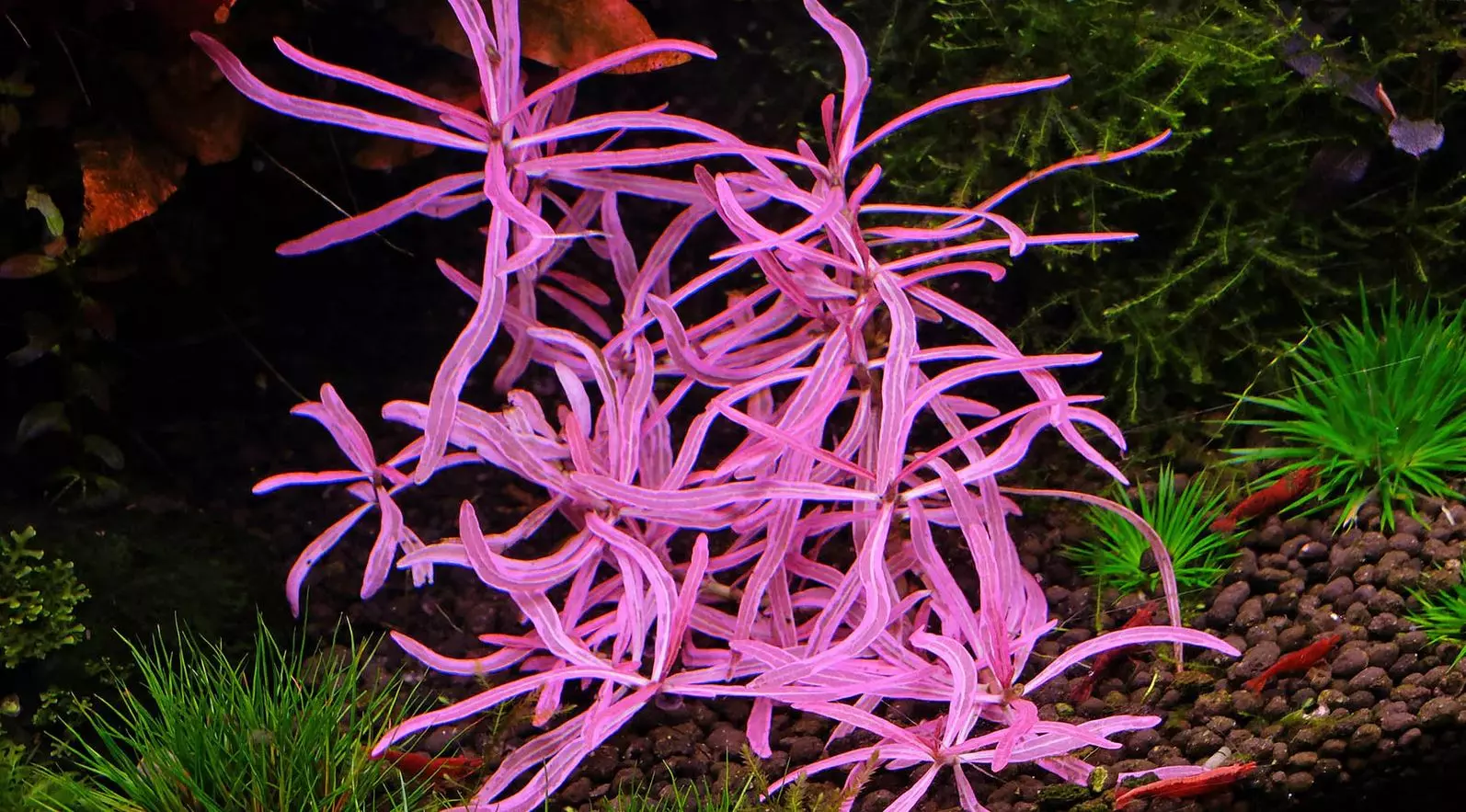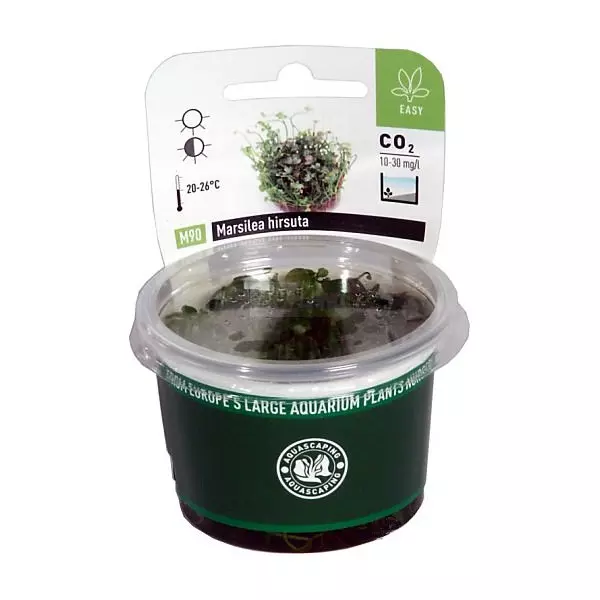Product information "Hygrophila lancea 'Chai'"
Hygrophila lancea 'Chai'
A striking color distinguishes this foreground plant - an eye-catcher in any aquarium.
- Cultivation difficulty: moderately demanding
- Light requirement: high
- CO₂ requirement: medium to high
- Adult plant height: Bushy, low growth
- Growth: Slow
- Temperature: 20 - 28°C
- Placement in aquarium: Foreground
- Origin: South Island Aquarium in Singapore.
- Cup diameter: 6 cm
Unique pink Hygrophila
'Chai' is a striking variegated cultivar of Hygrophila lancea "Araguaia" that appeared at South Island Aquarium in Singapore. Its narrow-lineal leaves, curved to the side, are green only in the center, the margin is white to pink. The shade is reminiscent of that of Cryptocoryne wendtii 'Flamingo' and 'Pink Panther'.
So like the normal 'Araguaia', Hygrophila lancea 'Chai' grows submersed rather spreading and strongly branched.
We recommend for Hygrophila lancea 'Chai' rather strong lighting, CO₂ addition and good macro and micronutrient supply. Growth is slow, and occasional cutting of shoot tips encourages bushy growth. Just like other stem plants, you can propagate this Hygrophila by heading and partial cuttings.
Hygrophila lancea 'Chai' provides a unique bright pink color accent in the mid to foreground, best as a smaller bushy group. It contrasts strongly with dark plants and decorative materials.
Planting: The plant must be removed from the cup and thoroughly rinsed of gel under running water. This is best done by placing the plant in a container of lukewarm water. Most of the gel will then fall off by itself. Divide the contents of the cup into 1-2 cm lumps and then place them at a small distance on the selected items
.





















.jpg)














